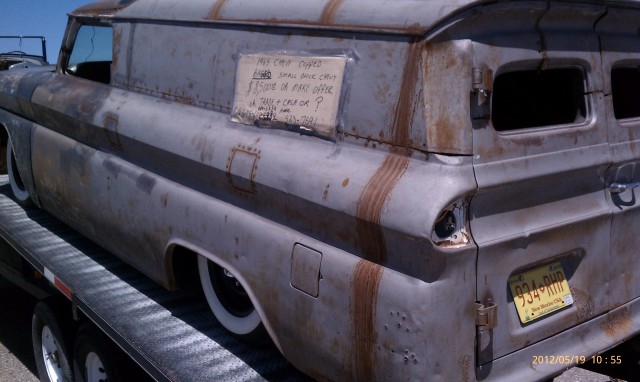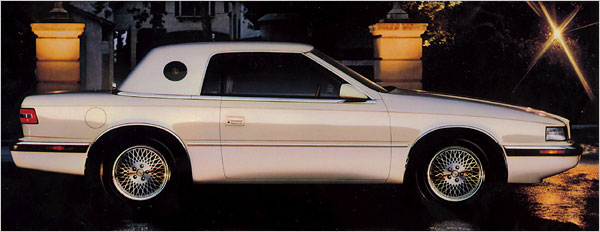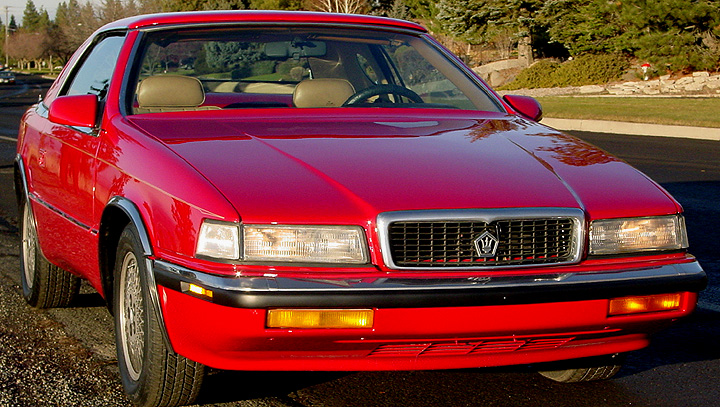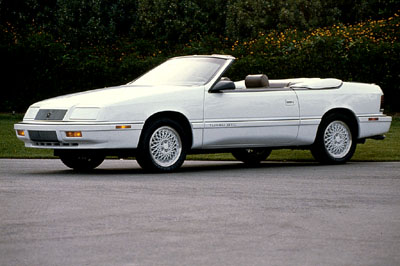It’s not that often that I get out to a car swap meet. Here in Arizona you are in for a hot time…tempature-wise, do to the lack of shade. Car parts so hot you’ve got to have oven mitts to handle ’em. But the are still fun.
Down the street at the local drag strip they had one this weekend and I thought I’d pass on a few of the gems they had for sale. There was a bit of a car show there as well.
You could pick-up some ‘Field Fresh’ projects like this coupe:

“Trailer Not Include”read the sign

Love the rear window

The floors are solid.

$3500 and the cob web are no extra charge.
Or this Pick-Up:

You could also find some project that the owner just couldn’t finish…some with some very extensive ‘restoration damage’ like tons of bondo holding the fender together.

This Chevy wasn’t the worst, but it had a lot of bondo.

This Dodge pickup wasn’t horrible. It would make a nice starter project.
This Plymouth Barracuda was pretty stripped down.

I actually think the owner had a lot of the parts laying on the ground for sale separately.
This ’65 Chevy is has been lowered and that’s about all.

Lot work left on this project.
Some cars did find new homes:

This Dodge found a new home.

- This Imperial looks like it’s going to its new garage under its own power.

I love this car!!!!

Going to need some interior work. This one sported the push button shifting.
Coming up… some of the show cars. Some nice rods.
Thanks for reading.
Tim




















 aunik_aronno
aunik_aronno

